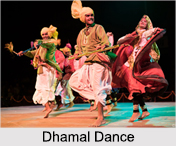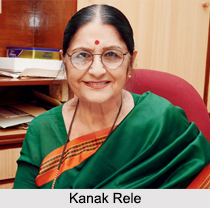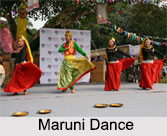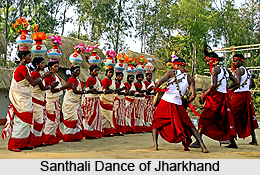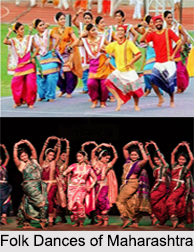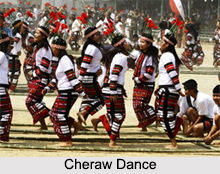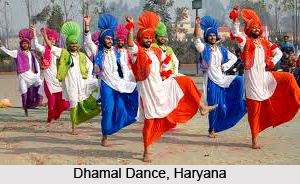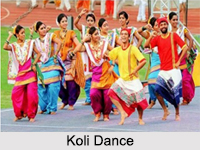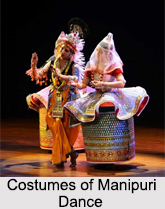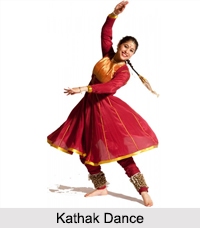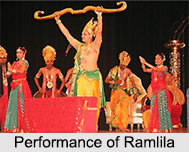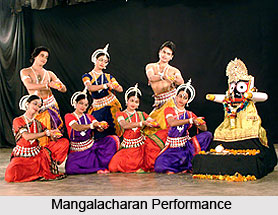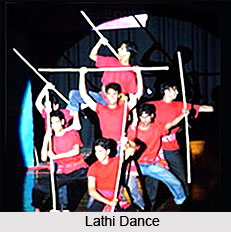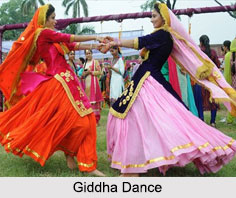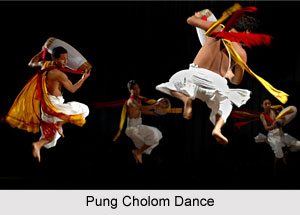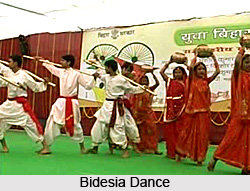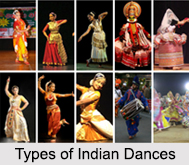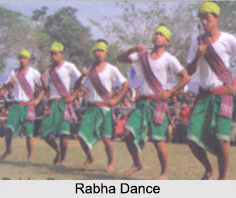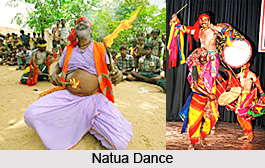 Natua dance, an Indian folk dance, is believed to have originated from Dairgaon and Hazu. This form of dancing is performed by professional dancers who are known as Natuas. The term Natua evolved from the word “Natas†meaning dancers. This dance is mostly based on the lines of dance drama. Natua is chiefly performed by the chamar group of people on the occasion of marriages and other occasions. The Natua dance is performed along with musical instruments such as `Khol` Dhol meaning big drums and also pair of small cymbals. The dance is characterised by big jumps and is accompanied by several Khols. The dancers carry these khols on their backs. A maximum of ten khols are used during the performance. The performer of the Natua dance with the khol on his back strikes it and gives a big jump. He then strikes the other khol and then jumps up. This gesture is carried on for some time and then the actual dance commences. In the dance many khol players take part. The makeup of the performers of the Natua dancers is quite unique.
Natua dance, an Indian folk dance, is believed to have originated from Dairgaon and Hazu. This form of dancing is performed by professional dancers who are known as Natuas. The term Natua evolved from the word “Natas†meaning dancers. This dance is mostly based on the lines of dance drama. Natua is chiefly performed by the chamar group of people on the occasion of marriages and other occasions. The Natua dance is performed along with musical instruments such as `Khol` Dhol meaning big drums and also pair of small cymbals. The dance is characterised by big jumps and is accompanied by several Khols. The dancers carry these khols on their backs. A maximum of ten khols are used during the performance. The performer of the Natua dance with the khol on his back strikes it and gives a big jump. He then strikes the other khol and then jumps up. This gesture is carried on for some time and then the actual dance commences. In the dance many khol players take part. The makeup of the performers of the Natua dancers is quite unique.
Interestingly, Purulia district of West Bengal and Bihar state has its own Natua dance. Both the dance forms have their own history attached with them.
Natua Dance of Purulia District: Natua is an ancient dance of Purulia district, West Bengal, Eastern India. It is believed that the dance is about 600 to 700 years old and is the mother form of Chho. Similarities can be observed in some of the stances of the two dances. In the Purulia district, Natua is generally practiced by spirited men. They paint their bodies with chalk and dress colourfully with bright strips of trailing cloth tied to their arms and wrists. The steps of the dance are a mix of martial art and acrobatic movements. Instruments like dhamsha, kettle drum and dhak and modon accompany the dance form.
Natua Dance of Bihar: The Natua dance of Bihar is intrinsically connected to the ritualistic celebrations of tribal lives. Hence, this dance form is extremely popular among the various tribal groups of South Bihar. However, the dance has two forms and both are performed by male dancers only. One style is practiced in the form of a carnival in village fairs which involves great risks and excitement. The second style deals with the love of Radha and Krishna.
